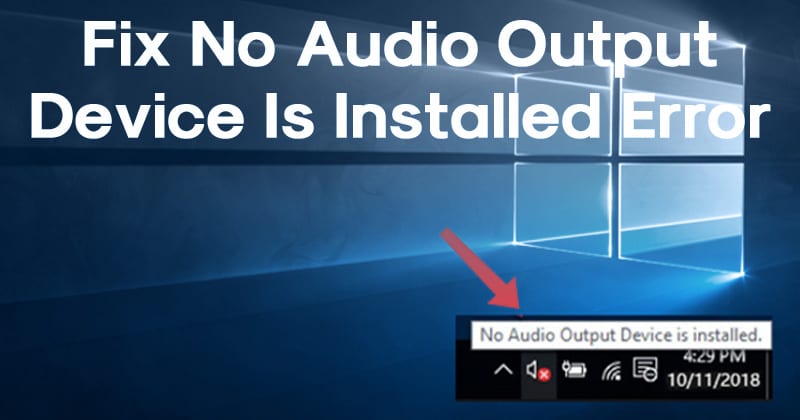

- AUDIO OVERLOAD WINDOWS 10 HOW TO
- AUDIO OVERLOAD WINDOWS 10 DRIVERS
Make sure to close all other programs and processes on your computer which might be using valuable CPU resources. To reduce the CPU load in Live take the steps listed here: Reducing the CPU load in Live. When the CPU load on your computer is too high, you'll probably hear gaps, clicks or other audio problems in Live. Also check the computer's USB port to make sure it's free of dust and lint.Connect directly to the computer and not via a hub.Check the connections and replace the cables/adaptors if necessary. If using an audio interface which is connected via USB, Firewire or Thunderbolt, these cables or adaptors can easily cause crackles and dropouts if they have become damaged or are improperly inserted.If in doubt, test using the computer's built in soundcard instead.Make sure that your audio interface is compatible with this protocol.
 Your computer may have USB 3.0 ports installed. If the interface has been discontinued then you'll need to consider upgrading it.
Your computer may have USB 3.0 ports installed. If the interface has been discontinued then you'll need to consider upgrading it. AUDIO OVERLOAD WINDOWS 10 DRIVERS
Older interfaces may not have drivers available for your current operating system. Make sure that the audio interface drivers and firmware are completely up to date. Check our dedicated article on Driver Error Compensation. Reset Driver Error Compensationĭriver error compensation set to extreme amounts may cause audio issues. Note: Many ASIO audio interfaces only allow the buffer size to be changed via their own control panels.  If there is no native ASIO driver available for your interface, you can use ASIO4ALL. For best performance we recommend using ASIO rather than MME/Direct X as the driver type. Note: Larger buffer sizes will also increase the audio latency. Reduce the In/Out sample rate to 44100 samples. Find the sweet spot just above where the crackles and audio dropouts stop. However, if the buffer size is set too low, then crackles, static noise, pops or dropouts may occur. In computer based audio systems a certain amount of latency, known as audio buffering, is necessary to ensure that playback, recording and processing results in an error-free audio stream. Update all plug-ins and Max for Live devices. Update your audio interface drivers and firmware. Note: You can find more information in our Learn Live 11: Computer Performance video tutorial to help reduce the CPU load.įirst, make sure that everything is up to date:
If there is no native ASIO driver available for your interface, you can use ASIO4ALL. For best performance we recommend using ASIO rather than MME/Direct X as the driver type. Note: Larger buffer sizes will also increase the audio latency. Reduce the In/Out sample rate to 44100 samples. Find the sweet spot just above where the crackles and audio dropouts stop. However, if the buffer size is set too low, then crackles, static noise, pops or dropouts may occur. In computer based audio systems a certain amount of latency, known as audio buffering, is necessary to ensure that playback, recording and processing results in an error-free audio stream. Update all plug-ins and Max for Live devices. Update your audio interface drivers and firmware. Note: You can find more information in our Learn Live 11: Computer Performance video tutorial to help reduce the CPU load.įirst, make sure that everything is up to date: AUDIO OVERLOAD WINDOWS 10 HOW TO
In this troubleshooting guide we'll cover the most common reasons for these audio issues and how to resolve them. If the CPU load is too high and audio can't be buffered within the chosen buffer rate, then crackles, dropouts (gaps in playback), or glitches may occur during playback.







 0 kommentar(er)
0 kommentar(er)
